This was published 7 years ago
Maputo: Is this Africa's most beautiful capital city?
By Sue Williams
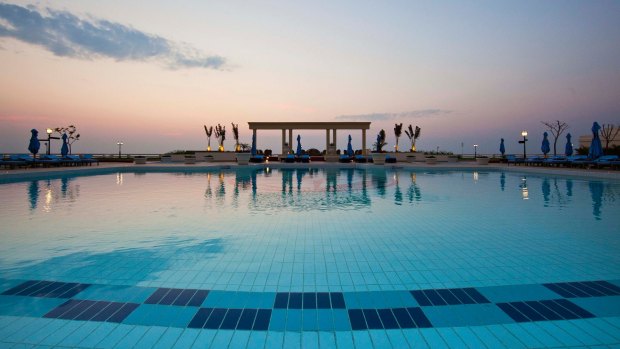
Polana Serena Hotel.
When Leticia isn't at school, she spends her spare time selling peanuts from a tray she carries on her head around the craft market of the Mozambican capital, Maputo.
"We have more foreigners coming than we used to," the 14-year-old smiles. "Now the war is over, they're coming here and are finding what a beautiful place Maputo is … and how good the peanuts here are."
That may well be true but, in a city where you can buy a lobster tail curry in an upmarket restaurant for just $US4, a small bag of peanuts for $US2 feels just a tad pricey.
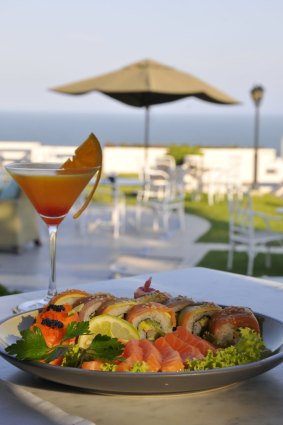
Sushi and cocktails at Polana Serena Hotel.
"But when you buy them, you also get the happiness of knowing I can buy more books for my studies," Leticia beams. "Where else in the world can you buy peanuts like that?"
The irrepressible optimism of local people is part of the undoubted charm of Maputo, a city with claims on being the most beautiful capital in the whole of Africa. For, quite apart from the wide streets lined with graceful old Portuguese architecture, brilliant jacaranda trees and bustling sidewalk cafes, the stunning views over the startling blue of Maputo Bay and the colourful markets, it also has some of the friendliest and funniest people you could ever hope to meet.
A nail-polisher wanders by with pots of brightly hued varnishes studded into two long planks of wood. I ask if I can photograph him and he politely refuses. I offer him money, and he says, "No, but sorry". Immediately, his friends seize the planks from him. "Photograph us!" says one, laughing. "And we are much more handsome, too."
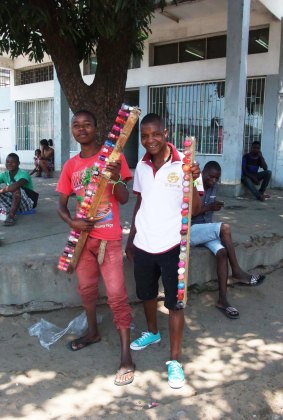
Nail varnish vendors of Mafalala.Credit: Sue Williams
The population of Maputo suffered far more than most from the ruthless Portuguese colonisation of the south-eastern African nation, and then in the long civil war that followed, but they show few signs of bitterness. Instead, it's more an infectious peacetime joie de vivre that keeps the city humming with energy.
Even in the face of poverty, there's a fierce optimism that things will only get better.
Twenty-four-year-old Nery Pires is part of community organisation IVERCA, which runs walking tours of the suburb of Mafalala, Maputo's equivalent of South Africa's Soweto, with funds raised being ploughed into the local primary school.
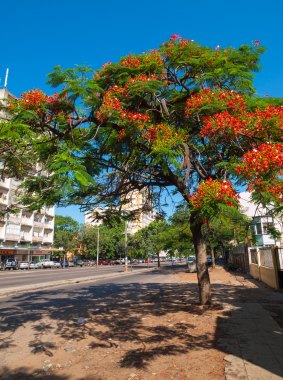
Jacaranda trees add colour to Maputo's wide streets.Credit: iStock
Though Mafalala is still poor, there's now a real pride in showing visitors its character, its history and the homes of Mozambique's greatest heroes, including the late president Samora Machel and soccer legend Eusebio da Silva, among acclaimed poets, artists and politicians.
The three-hour tour ends on a high note too. The Tufo da Mafalala, a troupe of eight women, dressed in vivid green and yellow capulanas (sarongs), gather to dance to drums, with one set including jumping, in time, over a skipping rope. I thank the heavens that's not the one they demand I join in …
There is so much to see in this city from statues of heroes to walls of revolutionary murals, while the main craft market is a kaleidoscope of colour and movement.
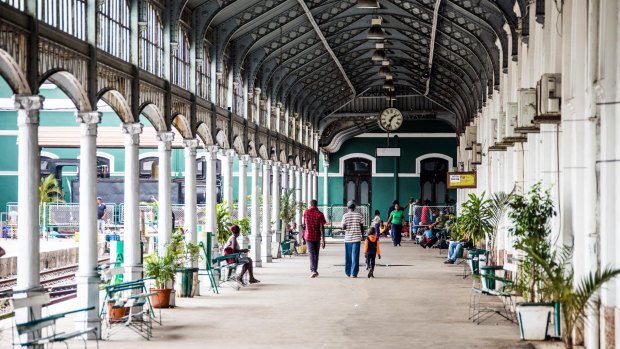
Maputo's ornate railway station.Credit: Alamy
The beautiful spired main cathedral in Independence Square is a study in stark white minimalism, the astonishing Saint Antonio Church looks like a giant lemon-squeezer, and the lovely old railway station has a dome designed by an associate of Gustave Eiffel, of Eiffel Tower fame.
The streets are alive with cake and coffee shops, young men in sharp suits holding open doors for women carrying massive branches of bananas on their heads, older men sitting on upturned crates playing draughts under the shade of bougainvillea trees, and utes rumbling past filled with groups of singing, dancing people en route to who knows where.
And when you want to retreat, there's one of Africa's finest hotels to head for, the grand Polana Serena. Built in 1922, and frequented over the years by kings, queens and ambassadors, its outdoor pool and gardens offer several views over the bay and Indian Ocean while its spa is sumptuous. The hotel also has its own elegant French Delagoa Restaurant, the all-day Varanda restaurant and the excellent Japanese Aquarius Bar.
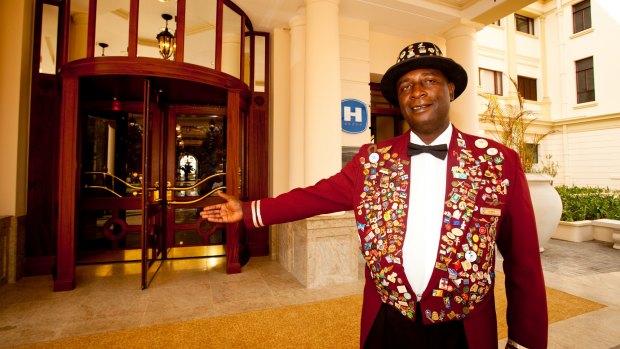
A warm welcome to the Polana Serena Hotel.
Food, particularly seafood, is incredibly cheap all across Mozambique and it seems universally of a very high standard. Must-visits include the Dhow Café, a charming waterfront eatery and arts and crafts gallery, where locals go to eat and drink as the sun sets before them, and the Tree House which serves massive slabs of meat and fish on giant skewers.
And, of course, you can always buy extra bags of Leticia's peanuts.
TRIP NOTES
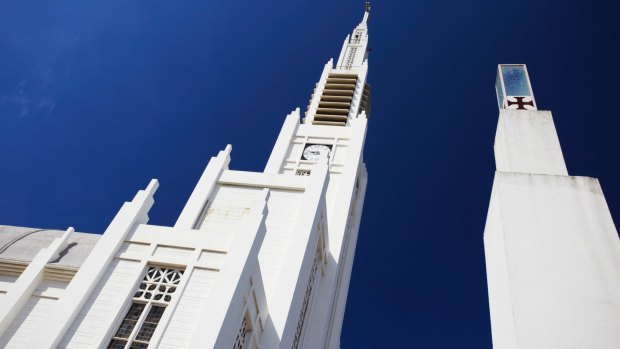
The Cathedral of Nossa Senhora de Conceicao.Credit: Getty
MORE INFORMATION
FLY
South African Airways (flysaa.com) flies to Johannesburg, and on to Maputo in Mozambique.
STAY
Polana Serena Hotel is one of the great hotels of Africa; see serenahotels.com
TOUR
Everything can be booked via The Classic Safari Company; see classicsafaricompany.com.au
Sue Williams travelled courtesy of The Classic Safari Company and South African Airways.
Sign up for the Traveller Deals newsletter
Get exclusive travel deals delivered straight to your inbox. Sign up now.